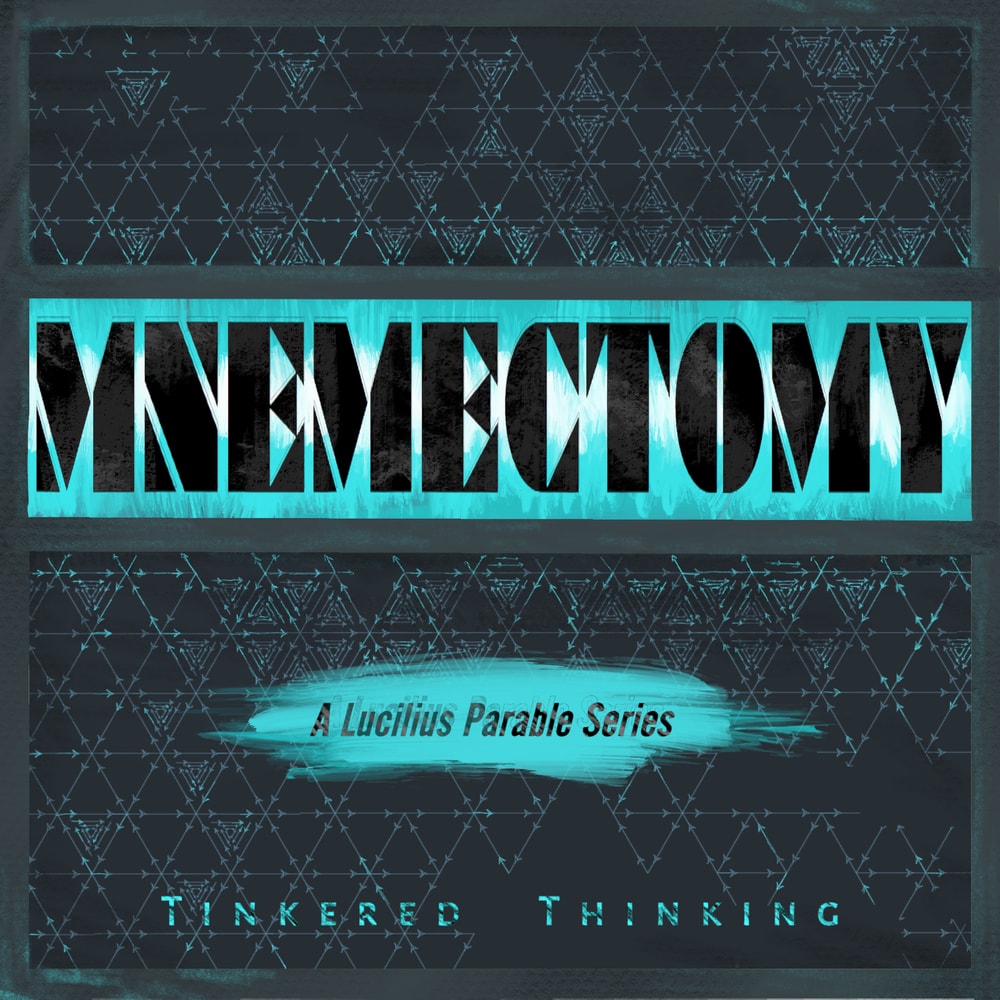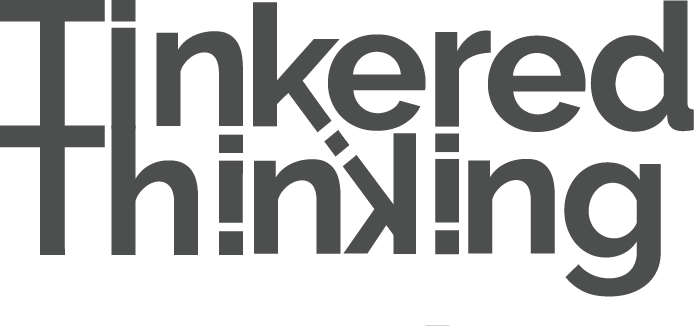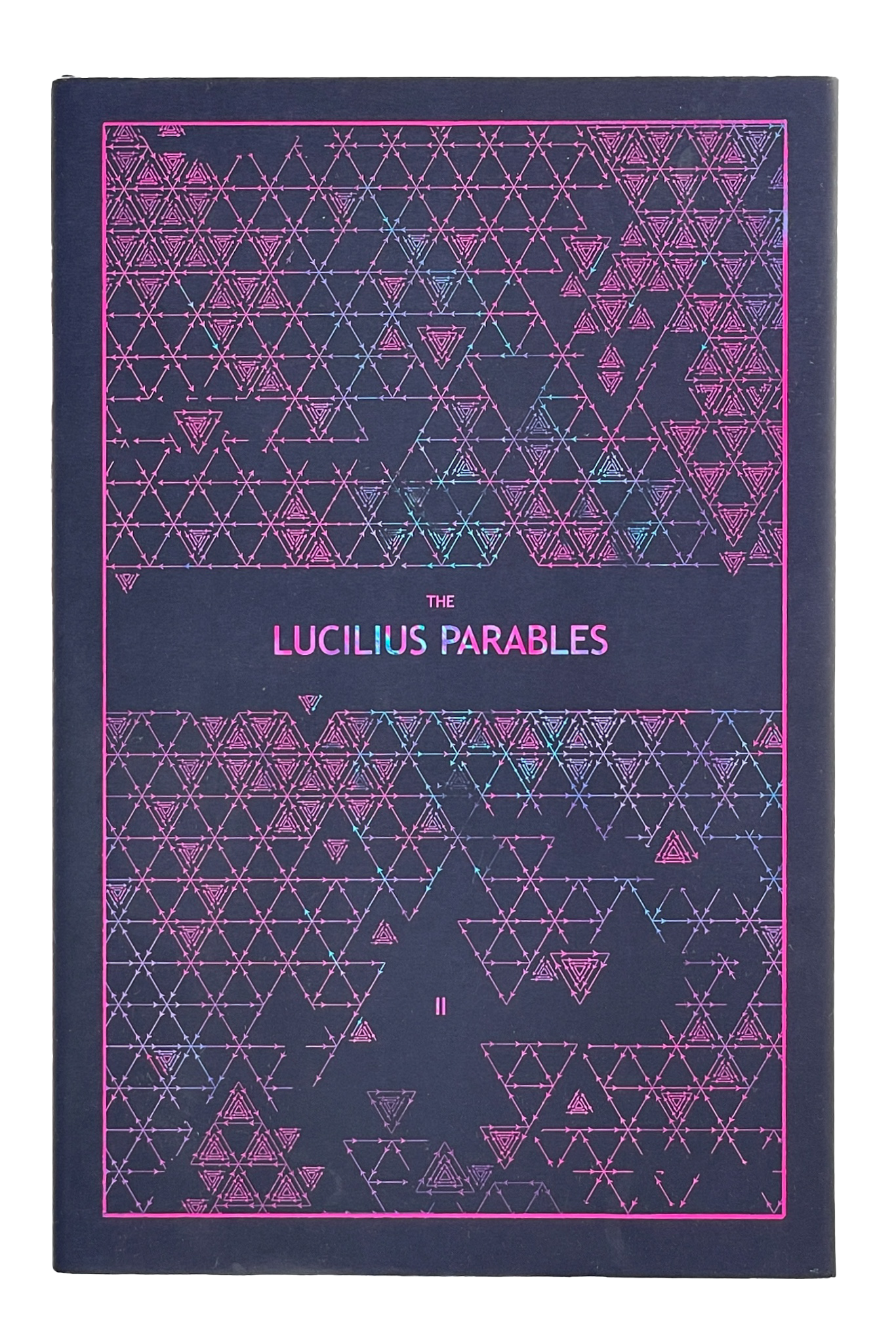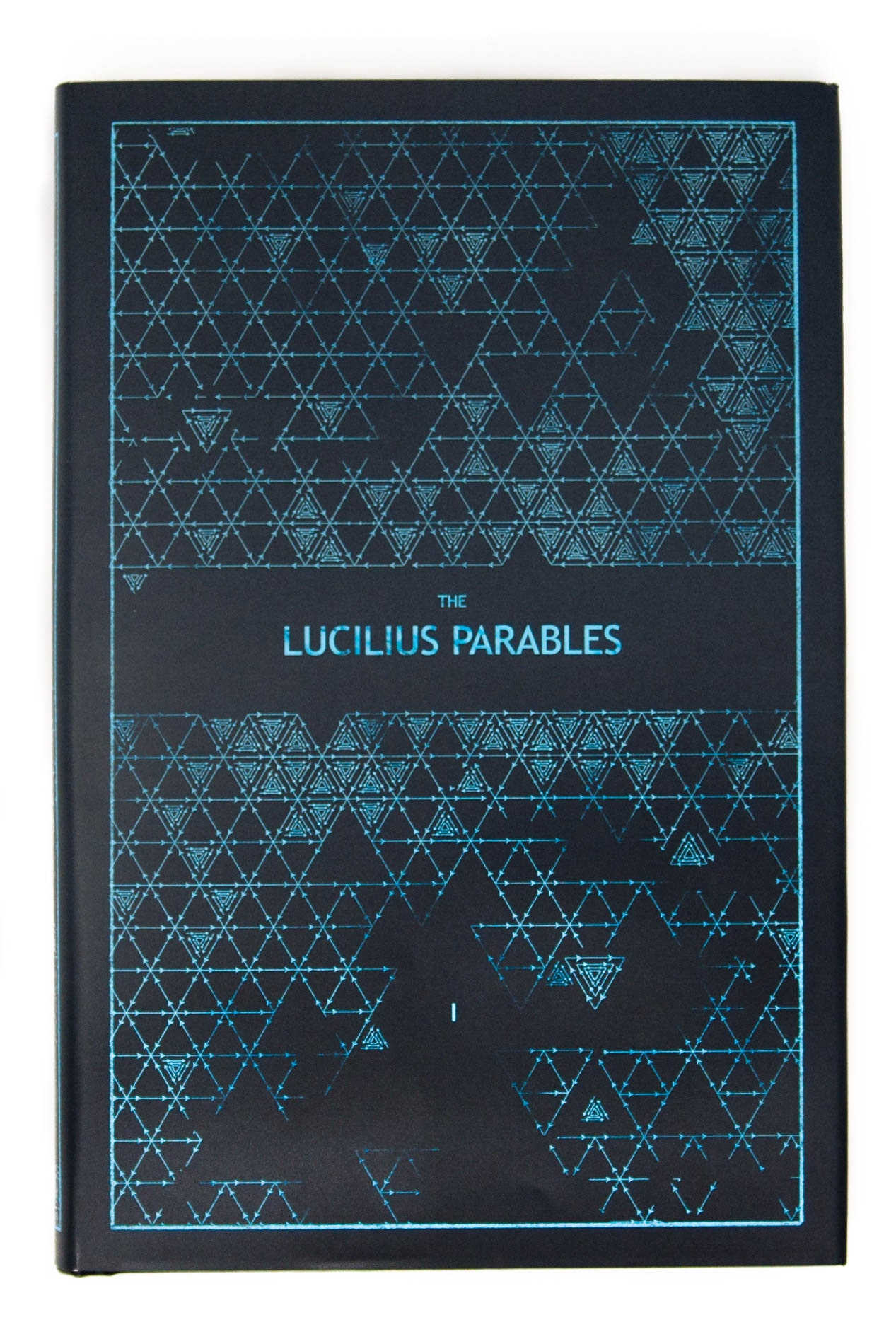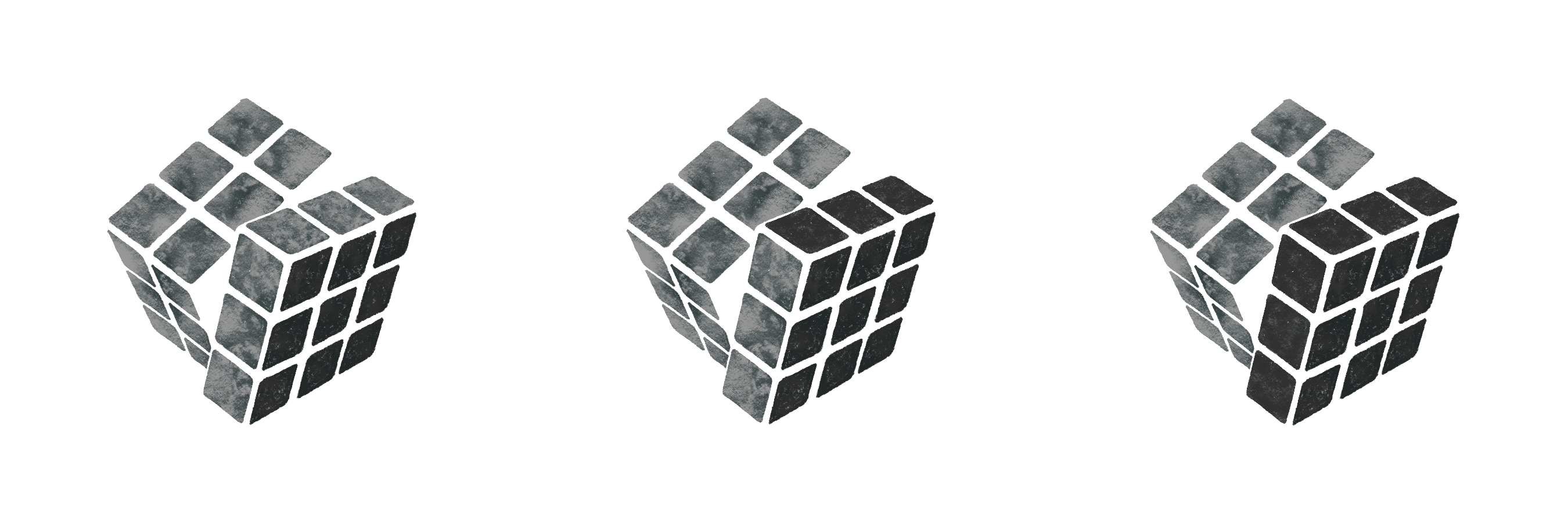Daily, snackable writings to spur changes in thinking.
Building a blueprint for a better brain by tinkering with the code.
subscribe
rss Feeds
SPIN CHESS
A Chess app from Tinkered Thinking featuring a variant of chess that bridges all skill levels!
REPAUSE
A meditation app is forthcoming. Stay Tuned.
RIVALNYM CASE STUDY: INFLUENTIAL MANIPULATION
February 7th, 2020
If you are unfamiliar with the concept of a Rivalnym, it is something developed by Tinkered Thinking to address a certain class of words and concepts that fall in a strange place between Synonyms and Antonyms. A rivalnym is a word, or rather, a pair of words that are somewhat synonymous in literal meaning, but opposite in terms of the emotional valence we ascribe to the thing being described.
A pair of words that makes a good example is Nervous and Excited
One is generally positive, that is, excited, and nervous is generally more negatively valence, and yet, what registers our excitement? Our nerves. And when we are nervous, is it not because our nerves are in an excited state?
Another pair of words that form an exceptional Rivalnym pair are: Influence and Manipulation.
Both words can be defined as an instance of having an impact on the way another person thinks, feels and behaves.
Influence is generally regarded as positive or neutral, as in that friend is a good influence or a bad influence.
But the word manipulative is wholly negative. The idea of positive manipulation simply doesn’t spin well in the mind of the English speaker.
And yet it describes much the same thing as influence. To manipulate someone is to have an impact on that person in a specific and targeted way. The difference is that such manipulation is taken up for selfish gain on the part of the manipulator, whereas someone looking to have an influence is more likely to be doing this for altruistic aims. Or rather, the manipulator is playing a zero-sum game where they win, and the influencer is looking to play a non-zero-sum game where everyone wins simply by playing.
It’s of further fascination that the word influence has given rise to the somewhat new word influencer, as in someone with a lot of pull, usually through social media platforms.
The territory with influencer gets sticky, because it becomes harder to figure out what sort of game these people are playing. Is it just a means to gain? Or is there a form of the non-zero-sum game that can be played?
The answer to this question has perhaps yet to be realized, but there are certainly those out in the social spheres that would be more aptly labeled as manipulators as opposed to the more magnanimously sounding influencers.
But time will tell.
MEASURING QUESTIONS
February 6th, 2020
We are taught to think that all questions are good, but questions are never equally effective.
We’re told there are no bad questions. This fosters the curious spirit by encouraging the inquisitive mind.
And this is a strategy that is great for children and beginners. We all respond well to encouragement. But after beginning, there comes a point when improvement depends on a critical analysis of our own performance. This is almost banal in most areas. Athletes track metrics of performance in order to see where things can improve by also figuring out where things aren’t going well.
The business world is replete with this kind of talk about optimization and efficiency.
But the most basic, core task in order to carry out these kinds of processes towards improvement has been left undisturbed and unimproved in it’s beginner’s state. That task is the Art of Questions.
We can still maintain that no question is a bad question while making progress with this subtle art.
A question’s first and most important metric is easy to measure, and it’s best evoked by another question. One that sharpens our view of the first.
Does our question inspire the action to explore?
If our question merely keeps us ‘deep in thought’, then the answer is ‘no’. And this is an important sign that it’s time to explore better questions.
If a question doesn’t propel you into the role of an explorer, either in the form of a researcher or someone who experiments with reality in order to get an answer from the source, then the question either fails on an emotional level or a practical one.
There might be enough emotion evoked by the question to keep our mind’s spinning for days and weeks, but this implies that it’s not practical enough because it’s somehow too vague which leaves us without a legitimate path in reality to explore a potential answer.
In the case of a question that is too large, it can benefit from chunking. Meaning, ask another question that addresses a small aspect of the first in a way that can actually be answered, and by this process slowly build an answer.
Otherwise, we can always begin again and ask an entirely new question.
THE NEW WILDERNESS
February 5th, 2020
We come equipped with bodies that are better adapted to prehistoric times. We are generally good runners. Though we aren’t fast, we can outlast almost any creature on the planet that is bound by legs and gravity to the ground. We have hands with a dexterousness that puts all other all other combination of limbs that Mother Nature has assembled to complete shame. Iphones and Swiss watches aside, we were able to fashion spears and hunt creatures that outweighed us by the tons.
While our minds are totally lacking in the knowledge of that old wilderness, we are still physically primed to travel the distance of the nomad and risk our life in the pursuit of the hunt.
It’s fun to imagine: leaving the tribe with a small group of hunters who are your brothers, cousins and second cousins. Together the band of you try to learn, outsmart and take down an enormous beast that you know will feed the tribe for months to come. It’s incredibly dangerous and maybe you lose a family member in the process, but the reward is immeasurable, not just in terms of the feasting and what that means for survival, but imagine the gratitude and adoration of the rest of the tribe. In this wilderness, the ability to feel life down to the marrow by risking it with literal skin in the game and as a result feel incredibly valuable – all of this was a complete straightforward package. And of course for those who did not go on the hunt there were other things of vital importance that functioned in much the same way.
But what about today? Where the modern world has fenced us into a cement and asphalt jungle of incredible predictability. Where does the modern person extract their sense of worth? Where does this person play with skin in the game? How does this person come across that vital experience of putting it all on the line in order to flourish tomorrow?
The New Wilderness is an invisible one. It is not straightforward, and it’s for this reason that so many spiral into poverty and from there further down as we see with the opiate crisis. Depression, anxiety, and an entire lexicon of neurological disorders have sprung into existence in an attempt to explain the total dearth of life well lived.
So where is this New Wilderness that can be mined for risk, a sense of adventure, and glory?
Whereas in days long bygone, our body was a reaction to that wilderness, today’s world is a result of our own minds.
The New Wilderness is the same place where all these modern comforts came from. It is the chaotic and uncertain world of the imagination.
Think about it.
The heroes of today are those who dared to think different and try out ideas that other people thought were crazy. The heroes of today face the fear of uncertainty and abandon the predictable humdrum of our everyday 9-5 life and venture off with chance in search of fortune.
These people start companies with innovative visions for the future, and just about always, these people are underdogs trying to rise up against the tide of entrenched habit among their common people. And when they succeed and return from the world of imagination and strenuously haul their beast of an idea into reality where we can benefit from it, these people are rewarded handsomely.
In today’s age it’s almost impossible to create something useful and not get rewarded for it, just as the hunter who brought back the kill to sustain the tribe would be rewarded.
The New Wilderness is the place of the mind, one of uncertainty and creativity - those twin forces that pull taught the tightrope of chance, with treasure, glory and satisfaction waiting for us on the other side.
BACKTRACK BUILDING
February 4th, 2020
It can be so exciting to acquire a new skill that we start using it before planning what to do. As aggravating as this is, it’s simply part of the learning process for acquiring that new skill.
As with the difference between merely thinking about something and talking about it out loud, there is a fundamental difference between what we want to do, and what we realize we can do once we start making that first vision a reality.
Learning and experimentation is a compounding process. Each new step builds off all previous progress.
This creates the tension between planning and doing.
On the one hand we want to plan as well as possible in order to save the need to backtrack in the future, but on the other hand we cannot predict what we will learn and what we will come to realize is possible as we progress. This tension is a bit of a paradox.
It either paralyzes us with perpetual planning.
Or,
We barrel ahead and just do whatever.
Or,
We squeeze between the constraints and we keep the larger goal in mind and make small plans that we hold on to loosely.
The process of achieving the goal is not one big thing we do. It is an iterative process. We can take smaller steps, and while this might hark of slower process as opposed to taking big leaps, it requires less effort to backtrack when we come across some sort of new information.
The faster we can take smaller steps, the less we have to rely on big leaps.
Big leaps that we might regret.
HOW'S IT LOOK?
February 3rd, 2020
There’s the adage: Monkey see, Monkey do.
But how do we go from seeing something to doing it? Take dancers for instance. Their learning, practice and training happens in front of a mirror. They get instant feedback about what their body orientation looks like. But once they’re on stage, performing in front of an audience, where is the mirror?
There is no mirror, of course. So how does the dancer know they are doing the dance in a way that looks correct?
The process of learning and tweaking in front of a mirror is a process of translation. What the dancer changes by way of self-reflection manifests within a person as a different feel. With any sort of body orientation, it simply feels different, and with enough practice we can bookmark these orientations in order to snap to that orientation.
Dancers perhaps have it easy in this respect. The translation from what something looks like to what something feels like has a tight feedback loop and only has . . . two steps: moving the body and referencing the mirror visually.
Before we abandon the mirror completely and wonder about things that we quite literally can’t see ourselves do, what about something like getting in shape?
The walls of gyms are plastered with mirror. Again for good reason, it’s important to have proper form while working out and referencing one’s own body orientation is vital. But more important is the different way it feels to workout on the first day of a committed exercise regimen versus the way it feels on the 1,000th day of a committed workout regimen.
We start such exercise commitments with a hope of looking better. But it’s feeling better that keeps us at it, and this, unfortunately takes time.
It’s for this sort of reason that we should be wary about how seriously we take our own feelings. It’s possible to realize from an intellectual standpoint that “hey, if I keep doing this, my emotions surrounding it are going to change as a result of doing it.”
Often we look at it the other way around, we wait around for the emotion to do it. But often we have to do it in order to arouse the emotion.
This goes for any endeavor, whether it be learning to dance or starting a business. The beginning is confusing and uncomfortable, and it’s easy on the basis of these emotions to convince ourselves that we aren’t good at it or that it’s not worth the effort. What we forget about is how these emotions change as we make progress.
When starting something new and discouraged by the sorts of emotions that crop up, it’s best to ask:
Will it always feel like this?
The answer is obvious of course, despite the fact that we so easily fail to remember it.
-compressed.jpg)
